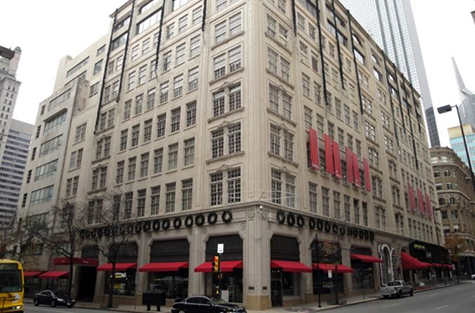The Great Accelerator: COVID-19 Hits Retail Industry Hard

This article first appeared in D Magazine.
As my past blogs have discussed, the retail industry has been undergoing an evolution, with the tremendous growth of e-commerce, technology, and the customer experience all evidence of the transforming demands of the consumer.
The unfortunate onset of COVID-19 has greatly accelerated these trends and highlighted their importance in both the retail and real estate industries.
As this health crisis continues, with no true end in sight, retail and restaurant bankruptcies are on a rapid increase. Both J. Crew, at one time the definition of casual fashion, and Neiman Marcus, a chain that embodies luxury retail, filed Chapter 11 bankruptcies in the past week.
Golds Gym, Pier One, and others have filed this year as well and there will be more coming, all accelerated by the coronavirus pandemic. We believe J. Crew, Neiman, and others will remain in business, with hopes of emerging from bankruptcy with more sustainable balance sheets. But it seems pretty clear that much of the negative effects caused by the coronavirus will carry on for months, or even years, to come.
For those of us in the retail real estate business, on either/both the services and investment sides, the domino effect has been substantial. While restructuring and store closings provide location opportunities for other retailers and restauranteurs, any material new store growth will be choppy for a while. The near term focus will be rent relief discussions, a review of existing portfolios, and a push to renew, relocate, and/or close existing stores.
Is there a “white knight” solution that will help bridge this likely period of capital needs and no/slow growth and stem the tide until the consumer segment gets back to some semblance of normalcy?
Look at Brookfield Properties’ announcement this week. Brookfield, a Canadian investment giant with more than $500 billion in assets under management, announced a $5 billion program that will help fund retailers struggling amid the coronavirus, targeting companies with $250 million or more in revenue. Brookfield also happens to be one of the largest owners of retail real estate, including the GGP portfolio of shopping malls.
Thus perhaps the primary thesis behind Brookfield’s new $5 billion retail investment plan. Owners of retail properties need brick-and-mortar stores to occupy their centers and pay rent. In the past, other large property owners have made investments in multi-unit retail/restaurant concepts, with mixed results. In this unprecedented period of retail distress, the required tie between owners of real estate and owners of retail and restaurant businesses has never been greater.

